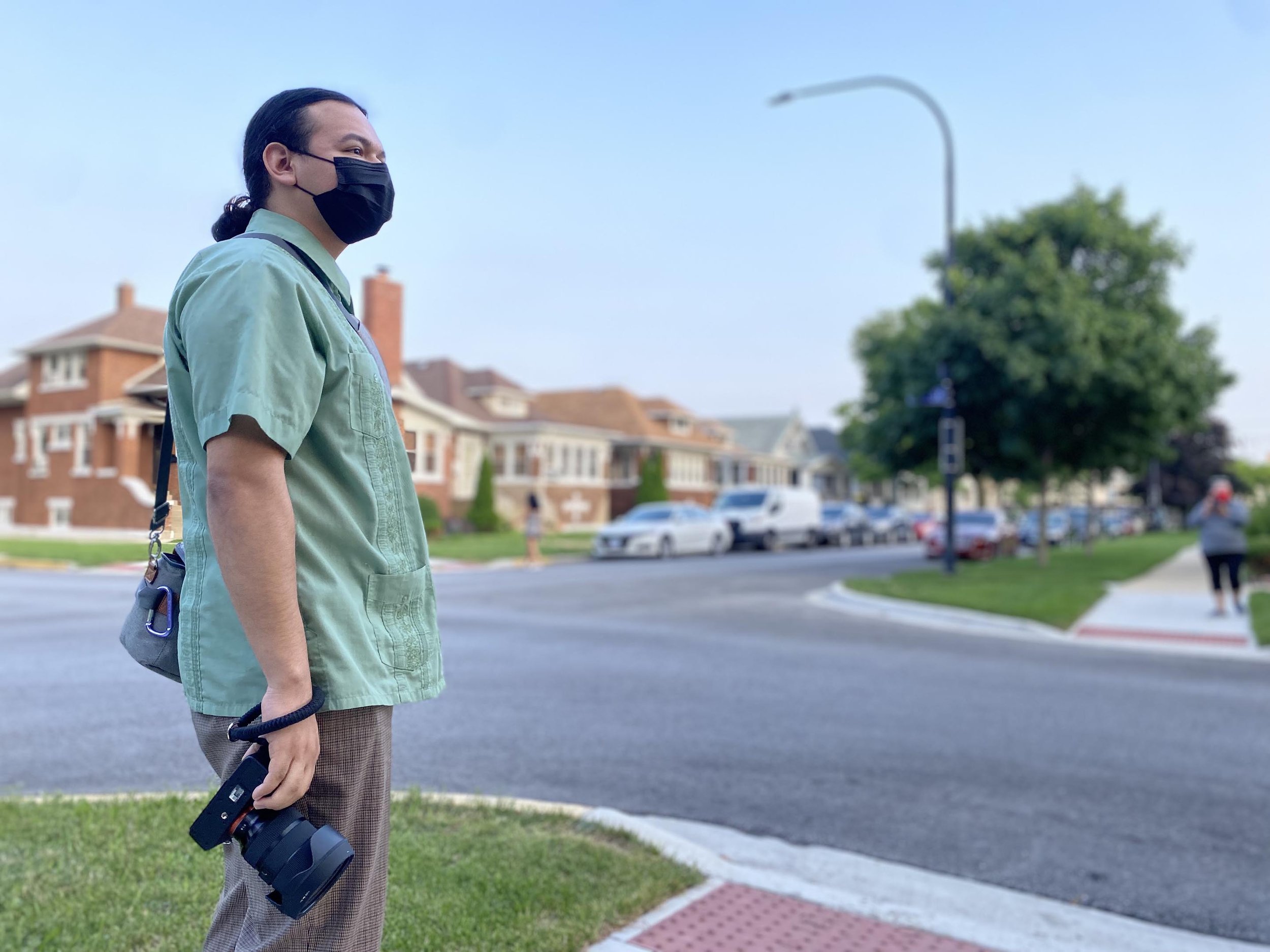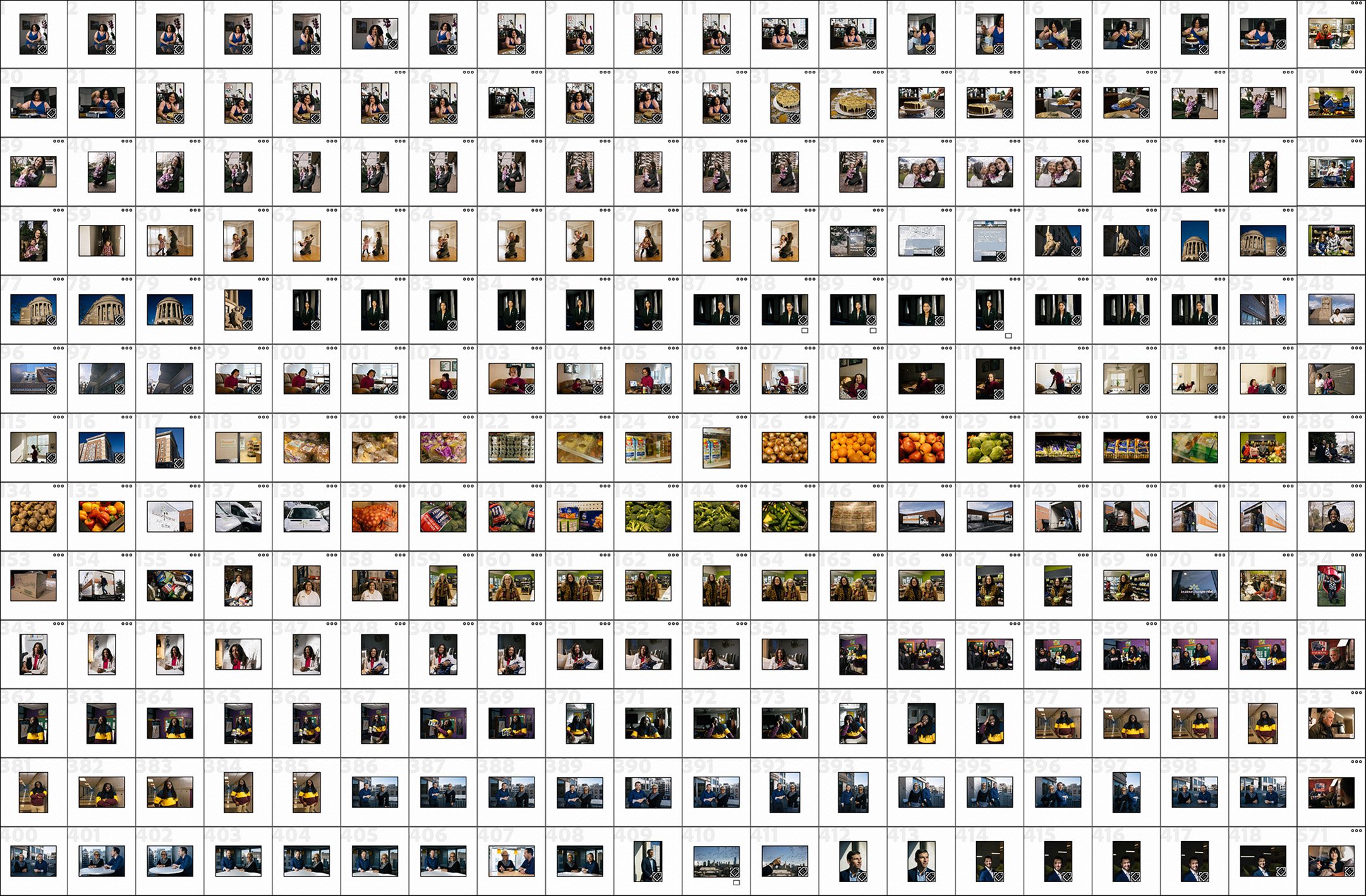
Decision-Making Framework
Use a Decision-Making Framework
For newsrooms concerned about unintentionally publishing an AI-generated image, be aware: there is no clear-cut method or application to verify that an image hasn’t been manipulated. However, the Identifying AI Fakes guide by John Smock, the Director of Photojournalism at CUNY Graduate School of Journalism, can help you get started.
We recommend newsrooms adopt a decision-making framework to guide if and when they use either stock photos or images that may have been artificially generated.
-
Action: Confirm whether the image is AI-generated.
Questions to Consider:
Is the image clearly identified as AI-generated?
Have you checked the metadata or creator’s claims regarding the image's origin?
Does this image come from a reputable source?
Are there other images to be reviewed from the same event against which you can compare this one?
Decision Criteria: If there is uncertainty about its origin, do not publish until you can verify its authenticity.
-
Action: Evaluate the context in which the image will be used.
Questions to Consider:
Is the image being used for illustrative purposes, satire or artistic expression, or is it being presented as factual/real?
Does the image add value to the story, or does it risk misleading the audience?
Is the image meant to entertain or inform?
Decision Criteria: If the image could be misinterpreted or if its necessity is unclear, consider alternative, more transparent visual content or no image.
-
Action: Assess the ethical implications of publishing the image.
Questions to Consider:
Could the image perpetuate harm, stereotypes or misinformation?
Are there vulnerable individuals or groups that might be negatively impacted by this image?
Does the use of the image align with journalistic integrity and honesty?
Decision Criteria: If publishing the image could cause harm, perpetuate misinformation or compromise journalistic ethics, do not publish.
-
Action: Verify legal aspects concerning the image.
Questions to Consider:
Do you have the right to publish the images (For example: Do you have a license to the image? Does the person who gave you permission own the copyright to the image? If not, can the photographer grant you the right to use the image?)
Are there any legal concerns regarding the use of AI-generated content, especially around likenesses or trademarks?
Is there proper attribution or a clear indication of the image’s creation source (e.g., AI tool used)?
Decision Criteria: If there are any legal concerns, consult legal counsel before publishing or seek permission from the image creator if possible.
-
Action: Ensure transparency in how the image is presented.
Questions to Consider:
Can the byline clearly communicate that the image is AI-generated or generic stock?
Should the caption also clearly communicate that the image is AI-generated or generic stock?
Decision Criteria: If transparency can be ensured (e.g., clear labeling), publishing is more acceptable; if it risks deceiving the audience, consider a different approach.
-
Publish:
If the image is AI-generated, but its use is clear, ethical, legally sound, and aligned with editorial standards, and if transparency measures are in place.Do Not Publish:
If there is any uncertainty about the image’s origin, it could cause harm or confusion, it violates ethical or legal standards, or if transparency cannot be assured.Alternative Actions:
If unsure, consider replacing the image with another, clarifying its use, or postponing the publication until further review.



